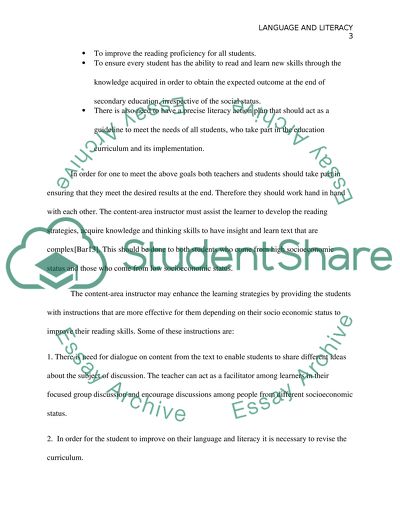Cite this document
(“Socioeconomic Status in Relation to Language Literacy Research Paper”, n.d.)
Socioeconomic Status in Relation to Language Literacy Research Paper. Retrieved from https://studentshare.org/humanitarian/1476369-socioeconomic-status-in-relation-to-language-literacy
Socioeconomic Status in Relation to Language Literacy Research Paper. Retrieved from https://studentshare.org/humanitarian/1476369-socioeconomic-status-in-relation-to-language-literacy
(Socioeconomic Status in Relation to Language Literacy Research Paper)
Socioeconomic Status in Relation to Language Literacy Research Paper. https://studentshare.org/humanitarian/1476369-socioeconomic-status-in-relation-to-language-literacy.
Socioeconomic Status in Relation to Language Literacy Research Paper. https://studentshare.org/humanitarian/1476369-socioeconomic-status-in-relation-to-language-literacy.
“Socioeconomic Status in Relation to Language Literacy Research Paper”, n.d. https://studentshare.org/humanitarian/1476369-socioeconomic-status-in-relation-to-language-literacy.


